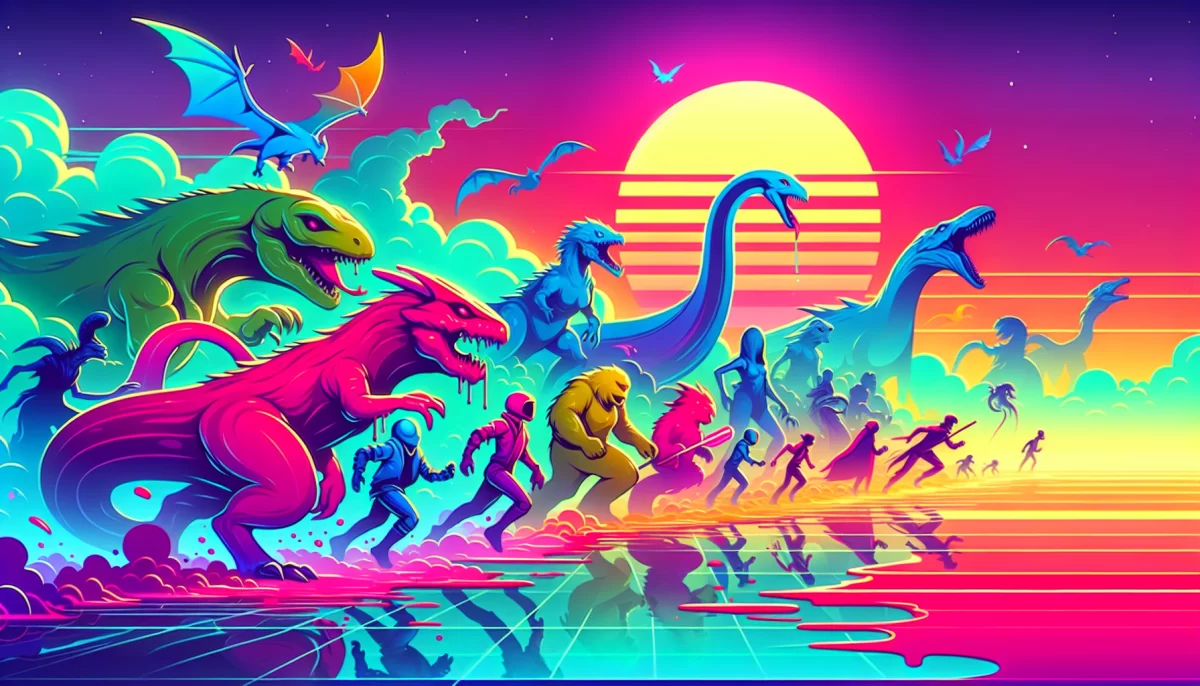
Digimon Story: Time Stranger Review: A New Contender in Monster-Raising RPGs
Digimon Story: Time Stranger marks a significant evolution for the Digimon franchise, stepping firmly into the competitive realm alongside celebrated RPG giants like Pokemon, Persona, and Final Fantasy. With its smooth anime-inspired visuals, engaging monster battling and raising mechanics, and an immersive standalone storyline, the game represents not only an expansion of its predecessors’ systems but also a promising future for the series in the monster-collecting genre.
Introduction to Digimon Story: Time Stranger
Following the mixed reception of Digimon Survive (2022), Time Stranger returns to more traditional mechanics that define the series. Developed by Media.Vision and published by Bandai Namco Entertainment, it released on October 3, 2025, for PS5, Xbox Series, and Windows platforms.
Players step into the role of an agent of ADAMAS, a secretive organization investigating cryptid phenomena, who stumbles upon a sudden surge of digital creatures called Digimon spreading across Tokyo. The narrative is a high-stakes anime-style thriller involving time travel and the quest to prevent apocalyptic events, creating a compelling backdrop that resonates with fans familiar with the Digimon anime.
Core Gameplay Mechanics and Strategic Depth
At its heart, Digimon Story: Time Stranger builds upon a familiar attribute-based combat system, emphasizing elemental strengths and weaknesses. Players cultivate a diverse team of Digimon, balancing tactical choices through evolving creatures to adapt to different combat scenarios.
- Personality System: Each Digimon possesses a dynamic personality that directly shapes their stat growth, skill acquisition, and unique quirks. The alignment chart includes Valor, Amicability, Philanthropy, and Wisdom, reflecting how players’ responses during interactions influence development pathways.
- Digivolution Tree: With over 450 Digimon, unlocking evolution paths involves meeting stat thresholds and gaining Agent Rank, offering extensive possibilities for customization and replayability. Players can also ‘De-Digivolve’ to reset evolutions, much like prestige mechanics, allowing for diverse development strategies.
- Convert Mechanic: Inspired by recent monster-collecting games, players gather data from defeated Digimon in battle encounters to summon and train new Digimon from the ground up. The Convert system rewards persistent engagement and allows strategic team-building over time.
- DigiFarm Feature: This innovative feature lets players manage Digimon growth and item crafting asynchronously. Supporting NPC Digimon build items and train while players explore, adding layers of resource management and planning.
Immersive Dual-World Exploration
Time Stranger transports players between two compelling realms: the familiar Human World and the enchanting Digital World of Iliad. This duality enriches exploration and world-building, especially with numerous Easter eggs from the anime series that engage long-time fans. For example, encountering rookie Digimon companions from Digimon Adventure 02 offers nostalgic moments that deepen the experience.
Comparative Landscape: Digimon Competing with Pokemon and Persona
Historically, Pokemon has dominated the monster-raising RPG niche, with an estimated global franchise revenue exceeding $100 billion as of 2023 (Statista). Meanwhile, Persona has carved its place in narrative-driven RPGs with complex character development and storytelling.
What sets Digimon Story: Time Stranger apart is the blend of strategic combat depth, character-driven mechanics like the Personality system, and closer adherence to its anime origins, achieving an emotional resonance that few competitors match. This fidelity to source material enhances player investment in monster collection and battle strategy.
Steam player statistics show that Time Stranger has surpassed concurrent releases from Persona and Final Fantasy single-player JRPGs in player counts on PC, indicating a growing community and interest (Steam Charts, 2025). This suggests the game’s design and narrative are resonating beyond its traditional fanbase.
Pros and Challenges of Digimon Story: Time Stranger
Strengths
- Rewarding strategic combat: Battles emphasize thoughtful monster combinations and effective use of skills like Giga-Blasts to clear foes efficiently.
- Engaging card battling mini-game: Adds a refreshing layer of collectible gameplay, enticing players to gather and utilize their favorite Digimon in varied contexts.
- Unique monster companionship: Digimon follow the player around, creating a visually charming and lively party dynamic that brings personality to the game.
Areas for Improvement
- Story pacing: Although emotionally compelling, some players may find the narrative progression slower than expected, potentially impacting sustained engagement.
- Mechanics explanation: Certain complex systems, especially related to monster raising and personality shifts, could benefit from clearer in-game tutorials or documentation.
Conclusion: A Promising Evolution in Monster-Raising RPGs
Digimon Story: Time Stranger successfully revitalizes the franchise by merging solid gameplay, deep strategic mechanics, and an emotionally engaging story aligned with its anime roots. It stands as a significant contender alongside Pokemon and Persona in 2025, earning recognition for both newcomers and veteran fans.
With its expansive Digivolution system, innovative companion mechanics, and rich dual-world exploration, the game offers extensive replay value and depth for players who enjoy monster-raising RPGs. As the series continues to evolve in this direction, Digimon is positioning itself more firmly on the map of premier monster-collecting and narrative RPGs.


